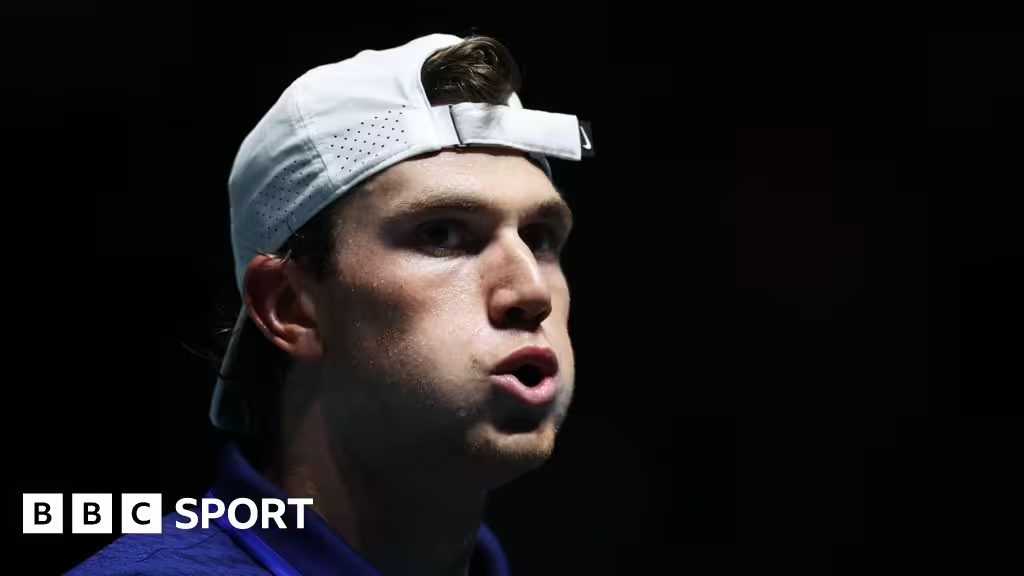Draper has played more this season than ever in his burgeoning career, having steered clear of the fitness issues which dogged his early days on the ATP Tour.
But he admitted he was feeling the effects of barely having a week off, like all the top players, since early April.
The European clay-court swing, which culminates at the French Open in early June, goes straight into a British grass season crowned by Wimbledon – the pinnacle of the year for home stars like Draper.
This year, players switched back to clay for the Paris Olympics at Roland Garros after Wimbledon.
That was an added complication – and a big ask of their bodies – before they went back to the North American hard courts leading up to the US Open.
“Since Miami [in March] I just haven’t had any time,” added Draper.
“We went straight into the clay, then straight on to the grass, straight to the Olympics, straight out to Montreal, Cincinnati, training week, US Open, here, then it’s Asia, then it’s indoor season.
“I look at the sort of schedule, and I know players have done it for years, but the way the ATP have changed to two weeks with the Masters and these types of things, it’s giving us no time any more.
“There’s literally no break. It’s really mentally and physically challenging.”
After the Davis Cup, Draper’s next scheduled event is an ATP event in Beijing which starts on 26 September.
He is not the first top player to raise concerns about a schedule which he feels is punishing.
Iga Swiatek, the women’s world number one, recently said she felt the current demands were “pretty exhausting”.
The five-time Grand Slam champion criticised the WTA Tour for their mandatory requirements, which says players have to compete in 21 tournaments – up to 29 weeks – each year.
Earlier on Friday, Swiatek cited fatigue as she pulled out of the upcoming Seoul Open.
Click Here to Read the Full Original Article at BBC Sport…

